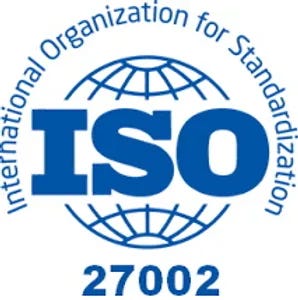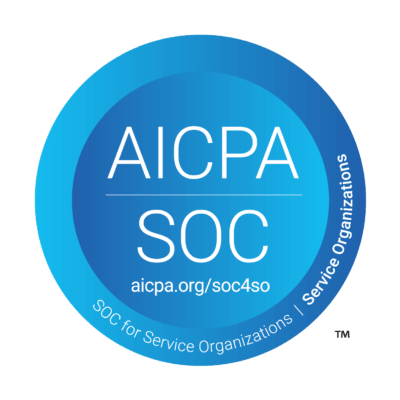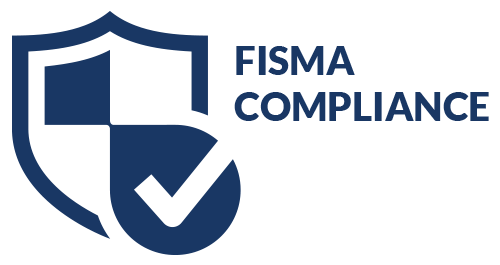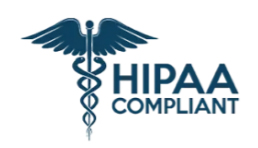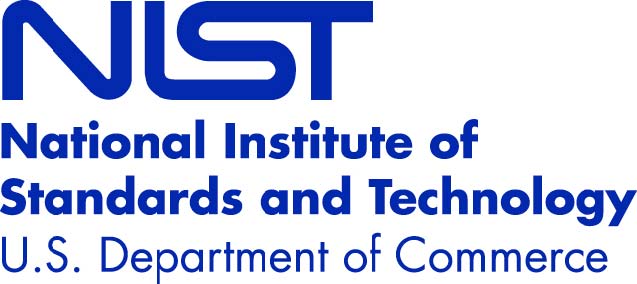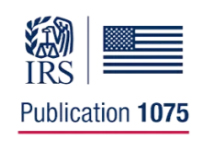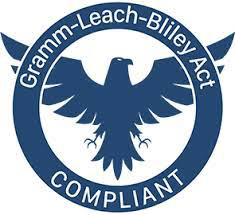You may be aware there are several classifications of bankruptices, but do you know what each type means and what distinguishes them from one another? Having a basic understanding of bankruptcy classifications and their restrictions could play an important role in your collection efforts. Allow us to explain.
Voluntary vs. Involuntary
For starters, there are two types of bankruptcy: voluntary and involuntary. A voluntary bankruptcy starts when a debtor files a petition in bankruptcy which then halts collection activities.
An involuntary petition of bankruptcy may be filed by three or more creditors with unsecured claims totaling at least $5,000; or if there are fewer than 12 creditors in total, one or more creditors having claims of at least $5,000 may file.
A voluntary petition may be filed by any person or business except a railroad, insurance company, banking corporation, or savings and loan association, whether such entity is solvent or insolvent.
An involuntary petition may be filed against any person or business except a wage earner, farmer, railroad, insurance company, banking corporation, or savings and loan association.
Liquidation – Chapter 7
A Chapter 7 Bankruptcy provides the information for an ordinary liquidation proceeding, sometimes called a “straight bankruptcy”. In a Chapter 7, there is an automatic stay of all judicial proceedings (lawsuits). In addition, all collection efforts must be ceased as well as foreclosure or repossession actions against the debtor. Therefore, if you are working an account that files bankruptcy, there is no further action that can be taken. Judgments obtained against the debtor may not be enforced after a bankruptcy petition is filed.
Reorganization – Chapter 11
A Chapter 11 Bankruptcy provides for reorganization of the debtor in an effort to promote rehabilitation and continued viability. The filing of a Chapter 11 petition, like Chapter 7, operates as an immediate and automatic stay of legal action by creditors which might otherwise threaten continued existence.
In a commercial Chapter 11 case, the court allows the trustee (which might include the debtor in possession) to continue operation of the business.
In a Chapter 11 proceeding, the debtor has the exclusive right to file a plan of reorganization within 120 days after the filing of a bankruptcy petition. After that time, any of the interested parties – debtor, trustee, creditor or creditors’ committee – may file a plan. The plan must:
- Designate classes of claims and classes of interest.
- Provide equal treatment for each claim or interest of all particular classes.
Once a business has filed Chapter 11 Bankruptcy, any debts incurred after the date of the bankruptcy petition are exempt from Chapter 11 protection. Such sales are known as “Post Petition Sales.” In these situations, creditros have a right to attempt to collect the amount owing irrespective of the fact that the business is a Chapter 11 Bankruptcy.
Wage Earner – Chapter 13
A Chapter 13 Bankruptcy is generally known as “Wage Earned Plan” or “Regular Income Plan”. Only individuals may take advantage of a Chapter 13 Bankruptcy. In a Chapter 13 Bankruptcy, the debtor’s debts are not discharged; instead the bankruptcy court will set up a payment plan where the individual will pay a designated amount each month into the plan. The bankruptcy court will then distribute the amounts paid into the plan on a pro-rated basis among all the creditors at periodic intervals. While the individual is in Chapter 13, there is an automatic stay of all judicial proceedings (lawsuits). In addition, all collection efforts must cease as well as foreclosure or repossession acts against the debtor.
If the individual defaults in making payments to the Bankruptcy Court while in Chapter 13, the plan is dissolved, creditors are notified accordingly, and collection efforts may be reinstated to collect the debt.
Creditors’ Committee
Chapter 7 of the bankruptcy code dealing with liquidation provides that creditors shall meet a reasonable time after filing. Creditors at this meeting may elect the creditor’s committee of not less than three nor more than eleven creditors. The committee may consult with the trustee on administrative matters, make recommendations to the trustee, and bring to the court’s attention any matter affecting the administration of the bankrupt estate.
During a reorganization under Chapter 11, the creditors’ committee is appointed by the court as quickly as possible after the filing. The committee will ordinarily consist of the seven largest creditors willing to serve. The committee will have considerable input into the administration of the estate. It may select attorneys, accountants and other agents whose compensation is normally borne by the debtor.
Discharge of Bankruptcy vs. Dismissed
There are several grounds for the denial of discharge of bankruptcy. If the bankruptcy petition is denied, the creditor will receive a notice of dismissal and collection activity may be initiated again to collect the balance on the debt.
If the debts in the bankruptcy are discharged, that means they have been wiped out and may never be recovered. Creditors will also receive a notice advising that the debts have been discharged.
Have more questions about bankruptcies and how they could impact your collection efforts. Share them here by using the comment section below!
